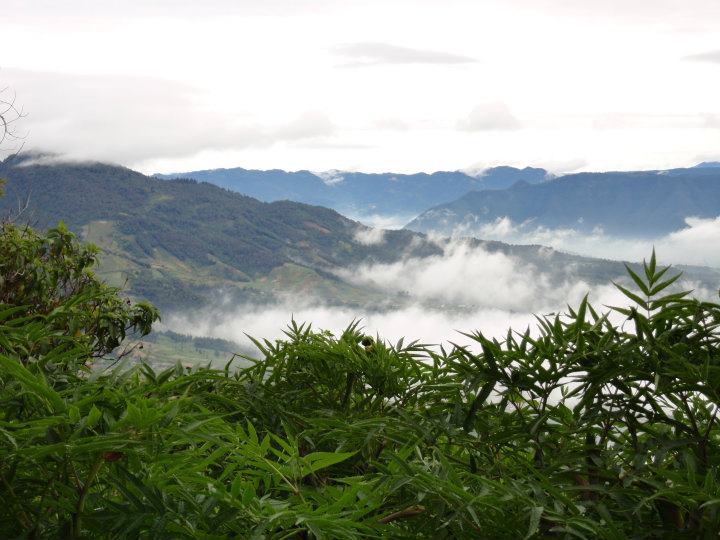
Mayan Spirituality and Pottery: Student Poetry


Enjoy this photo and description shared with us by Claire Bransky, a St. Olaf student currently abroad on our Central America program!
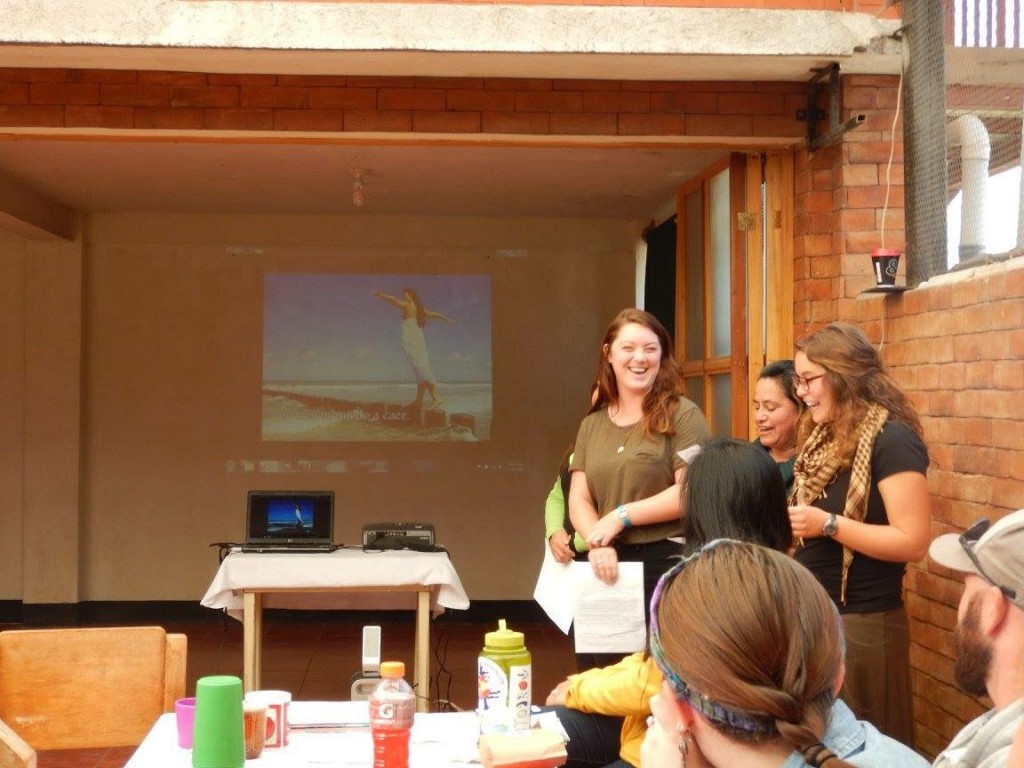
This is my classmate Ainsley Kilpatrick, my professor Judith García, and me singing “El sexo débil” as part of our final for Women in Latino Literature at Casa Xelajú in Quetzaltenango, Guatemala. We spent five weeks reading novels, discussing feminism, and learning about gender norms as the first segment of Social Change in Central America. Ainsley and I decided to make our final presentation about the plurality of feminisms – a controversial topic in Guatemala – and we finished by singing our new favorite song.
As Judith loves to say, “Mujeres al poder!”
Augsburg’s nursing program went to Nicaragua in March 2016. Here are some photos from their time abroad! Photo credit Augsburg CGEE staff member Juan Carlos Lopez.
Amanda is a junior at University of Vermont, who is studying abroad in Mexico with CGEE spring 2016; and studied abroad in Central America with CGEE fall 2015. This is an excerpt from Amanda’s blog post, “What to Expect from a Homestay Experience”. Her blog is a great resource for anyone considering study abroad in Latin America! She also has travel tips for traveling as woman, and traveling as a woman of color.
Living with strangers who may or may not speak the same language as you can be very intimidating. I’ve had over 10 homestays in Latin America so far, both rural and urban, and it is safe to say I truly owe my amazing traveling experiences to them. If you want to get a better idea of what it is like to be a part of a homestay, look no further!
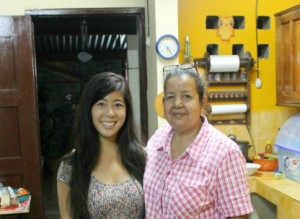
This is this English translation of Father Fernando Cardenal’s September 2010 testament – a selection of which, was read at his funeral recently in Managua. See the video of the sermon from the mass celebrating his life here (en español). Translation provided by Mark Lester, CGEE Central America Regional Director.
TESTAMENT
Why do I hope to go to Paradise after my death?
Soon I will celebrate my 77th birthday, and even though I am not retired and continue working, it is natural at my age to think, simply and without any drama, that death could be close. At any moment. A massive heart attack, a sudden rise in blood pressure (I do have hypertension), a car accident could take me to my death without being able to communicate with my family, my fellow Jesuits and my friends. That is why it occurred to me to write down now the reflections that I would like to be communicated at the hour of my death. This I do now. First, I will make some religious reflections, then some about the current situation of Nicaragua, and I end leaving two tasks for my Jesuit Superiors and family. Everything that I tell you comes from the very depths of my heart.
This blog post was written lovingly by Kathleen McBride, Central America Regional Director, in memory of a great man, Father Fernando Cardenal.
For those of you who met Father Cardenal, we are sad to share the news of his death. On Feb 2nd, Father Cardenal went into the hospital for a hernia operation. His health began to deteriorate five days after the surgery as a result of septic shock due to peritonitis. After 18 days in the hospital he died in Intensive Care on Feb 20th.
For those of you who met Father Fernando on your journey to Nicaragua either recently or during the 80´s, you will remember a stunning tall white haired man with tender blue eyes who spoke of conversion, transformation, action and consequences – the story of a life dedicated to social justice.
Fernando was an unusual Jesuit. He joined the Sandinista Revolution clandestinely in the early 70’s during the struggle against the Somoza Dictatorship. After the overthrow of the dictator in 1979, he served as the National coordinator of the Literacy Campaign which brought the national illiteracy rate down from over 50% to 12.9% in a 5 month period. The effort won the highest award from the United Nations. Later he served as the Minister of Education during the Sandinista Revolution. Because of his involvement in the Sandinista government, Father Cardenal was expelled from the Jesuits in 1984 by the Superior General Father Kolvenbach at the insistence of Pope John Paul II. In 1997 Father Cardenal was reinstated to the Society of Jesus as his case was considered an authentic case of conscientious objection – the only case in 460 years of Jesuit history of a Jesuit expelled and reinstated.
His memoirs, now in English (Faith and Joy: Memoirs of a Revolutionary Priest) recount his journey from the time of his conversion in Colombia as a result of his experience with the poor in a marginalized neighborhood on the outskirts of the city of Medellin all the way to his entry into the Sandinista Front and his work in the Revolution, his expulsion from the Jesuits and his return to the Society of Jesus. His story is a remarkable story of love, hope and a lived out preferential option for the poor of a man of faith.
CGEE mourns the loss of this remarkable man whose life of commitment has touched so many.

The spring 2016 semester programs in Mexico, Central America, and Southern Africa will be hosting an Instagram photo contest from January 20 – May 20, 2016.
To be eligible to win a $50 gift card to Target, you must:
CGEE programs encourage thoughtful reflection during and after any study abroad experience. One student recently returned from our Central America semester program, has written a piece on her identity as a Malaysian citizen who came to the US to study as an International Student, then went on to be the only International Student in her study abroad cohort to Central America with a group of US citizens.
Continue reading “Reflections from an International Student in Central America”
This is a guest post by James Tan, the parent of a CGEE semester student on our Central America program, Nicole Tan (Colorado College). He was able to visit her in Nicaragua during one of the last remaining weeks on the fall 2015 program.
Challenging, innovative and transformative, this outstanding academic program gives a connective learning immersion across Guatemala, Costa Rica and Nicaragua. As a visiting parent, I observed first hand the diverse aspects; from faculty instruction to field coordinators, student engagement to coursework content, and immersive field exposure gained across the countries.
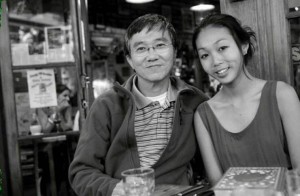
Individualized language classes start at Guatemala. Continue reading “Reflections of a CGEE Parent”
Katie is a junior at Duke University, currently studying abroad in Central America with CGEE. This is an excerpt from Katie’s blog. Her blog is a great resource for anyone considering study abroad in Central America!
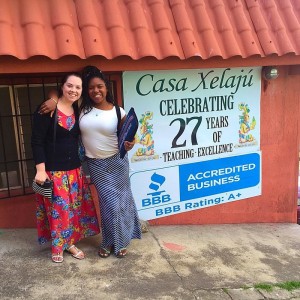
What does flexibility look like traveling in Central America?
It looks like getting used to rescheduling your classes when they’re cancelled due to protests over corruption (Guatemala) or the building of a new canal (Nicaragua).
It looks like knowing your taxi or shuttle might not arrive on time, without letting that stress you out.
It looks like figuring out how to bathe in a little den with a pot of boiling water and two buckets.
It looks like not being scared to ask for directions every once (or twice) in a while.
It looks like being open to making mistakes while learning a new language and understanding that you won’t understand everything. And that’s okay.
…And it looks like realizing that sometimes the best experiences in life are the unplanned experiences.